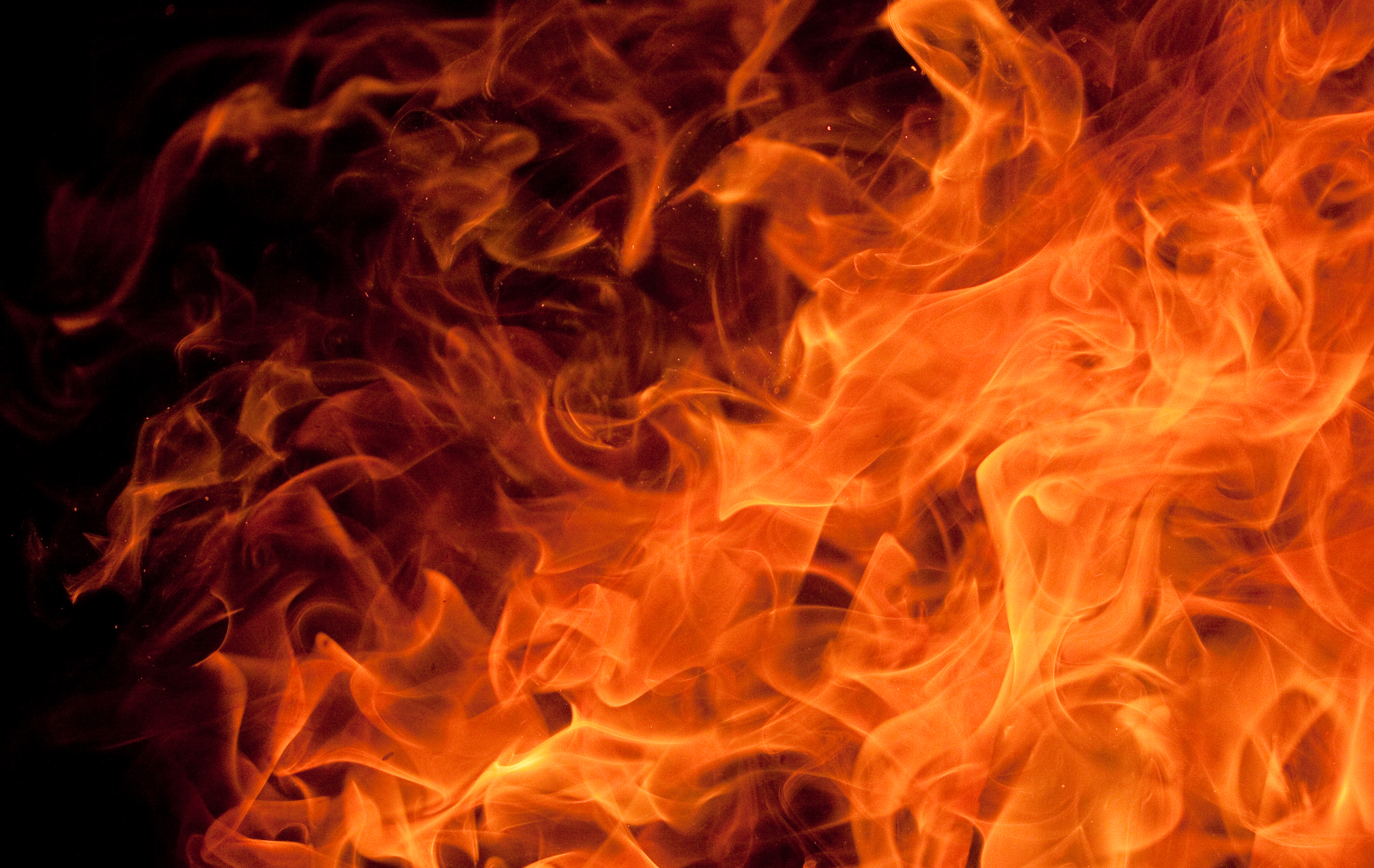Long after the last barge dredging toxins from the bottom of the upper Hudson River moves on, scientists will track the slow fade in contamination levels.
General Electric Co. expects this year to finish removing some 2.7 million cubic yards of contaminated river sediment — enough to fill two Empire State Buildings — under a Superfund agreement with the federal Environmental Protection Agency. After six years of digging, crews will have removed most of the PCBs on the river bottom discharged decades ago from two GE plants upriver.
EPA officials say it's too early to tell how quickly PCB levels in the water and fish will drop in the coming decades. And they don't know precisely when it will be safe to eat fish caught along the 200-mile stretch down to New York City, a primary reason for the cleanup. But as calls intensify for additional dredging — which could speed the river's recovery — the agency says it is already seeing early signs of success.
"The river is open for recreation. The challenge now is to assess the fish over time," said Gary Klawinski, the EPA's project director. "Once we get a better idea of at what rate ... fish are recovering, we'll be able to lift those advisories with New York state."
The Hudson was a notoriously dirty river decades ago, littered with everything from old tires to sewage. Tighter environmental rules have helped revive the river, which even boasts some spots to swim along once-polluted beaches.
"When I was younger, there were old boat parts and cardboard and garbage," said Carlos Francisquini, fishing for striped bass recently along a quiet stretch of river at Kingston. "Nowadays, it's nice down here. You can enjoy it again."
But fish and other wildlife are still tainted by PCBs discharged into the river until 1977 by GE's capacitor plants in Hudson Falls and Fort Edward. PCBs, or polychlorinated biphenyls, considered a probable carcinogen, were used as coolants in electrical equipment. Advisories warning about the dangers of fish consumption span 200 miles of river, with warnings to eat no fish caught upriver.
Local
The estimated $2 billion cleanup of PCB hot spots upriver will reduce the amount of contaminants flowing downriver. It's expected the warning to limit or avoid eating fish from the river will be lifted near New York City first, then closer to the source. When the EPA called for the dredging in 2002, it estimated it would take around a decade to meet early goals and more than 70 years to meet the hardest-to-attain goal of fish safe enough to eat once a week in the upper Hudson.
Since the work started, crews have found PCB contamination was deeper and more concentrated than they initially thought in one section. Some advocates contend that will translate into a longer time for the river to recover.
Klawinski declined to estimate, saying they will have a better handle on the rate of decline when they have more sampling data in five to 10 years. GE spokesman Mark Behan echoed that point, saying there is no need to speculate on recovery rates.
Environmental advocates argue that the Hudson will heal faster and more completely if river dredging is expanded outside the Superfund boundaries. Scenic Hudson president Ned Sullivan said 40 percent of the PCBs will be left in the river otherwise.
"I think we're looking at PCBs indefinitely in the Hudson River and in the global environment if GE doesn't complete the cleanup," Sullivan said.
The arguments have taken on urgency because GE is expected to dismantle its sprawling PCB treatment facility near the river after dredging is done, and the company has shown no inclination to dredge more. Behan said GE will have dealt with 100 percent of the PCBs targeted by the EPA and "has performed exceptionally well."
It is possible the government trustees who under Superfund law will assess the harm done to the river will try to hold GE liable for the untreated areas. The trustees have already contended that more dredging would reduce GE's liability and accelerate the river's recovery.
The trustees eventually will make an assessment of the harm done to the river's resources, which could lead to either a settlement with GE over the company's liability or to litigation.
But with the main phase of the Superfund project winding down, neither side will even say if they're negotiating.



